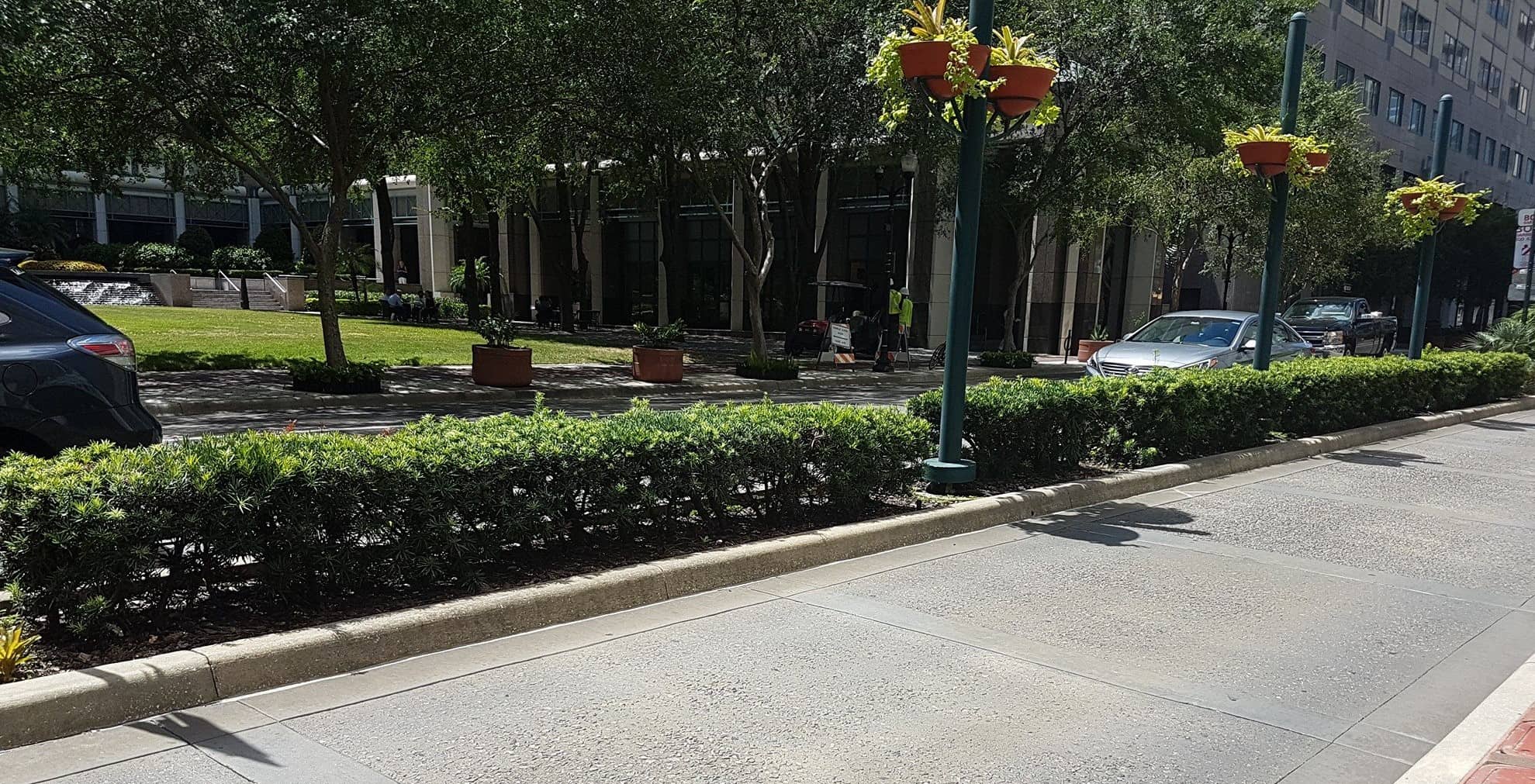
Somewhere along a Californian road runs a hedgerow of Australian beauties. Every winter, locals walk past, unaware that the fruits ripening around them are a juicy, traditional favourite just half a world away.
Many of our native plants make a great edible hedge. Some grow dense and can be pruned into a multitude of shapes; others boast interesting natural shapes for a wilder, rustic style. Really, most plants are capable of being grown as a hedge — it all comes down to how long you’re willing to wait, and how much work you’re willing to put in.
These beauties, however, are the ones we’ve found the easiest and most satisfying out of all the edible native species. They’re easy to manage, waterwise and cheap to keep, and can continue producing for years and years.
Illawarra Plum
Podocarpus elatus
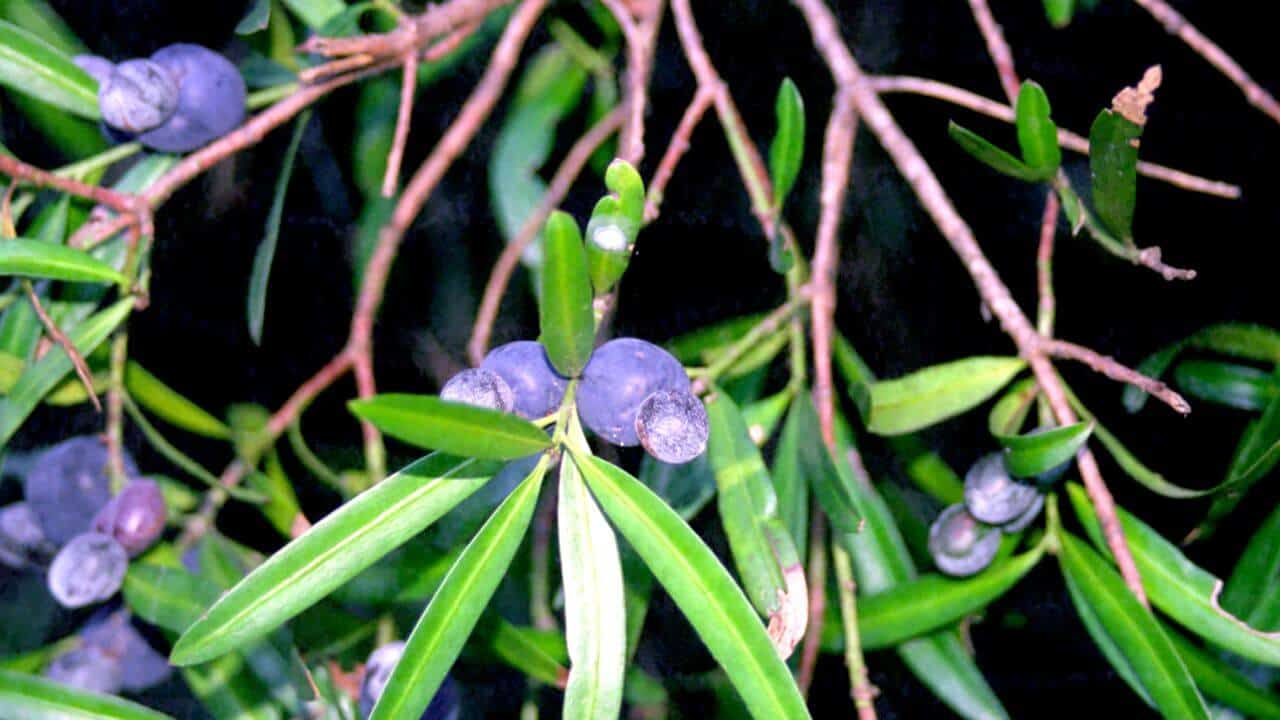
In 1983, these were grown as municipal street trees in Western Australia’s own Carlisle and Victoria Park, chosen for being incredibly tough, resistant to both neglect and overzealous trimming. This slow-growing berry producer is actually recommended as a hedge for suburban gardens — the more trees you plant, the higher your chances of getting fruit.
- Attractive contrast between dark green old leaves and lime green young leaves
- Can be pruned as low as 1m or kept as a screen up to 3m
- Great for a formal or informal hedge
Learn more about the Illawarra Plum (aka. “plum pine”)
Tucker Bush Cherry
Syzygium australe “Tucker Bush Cherry”
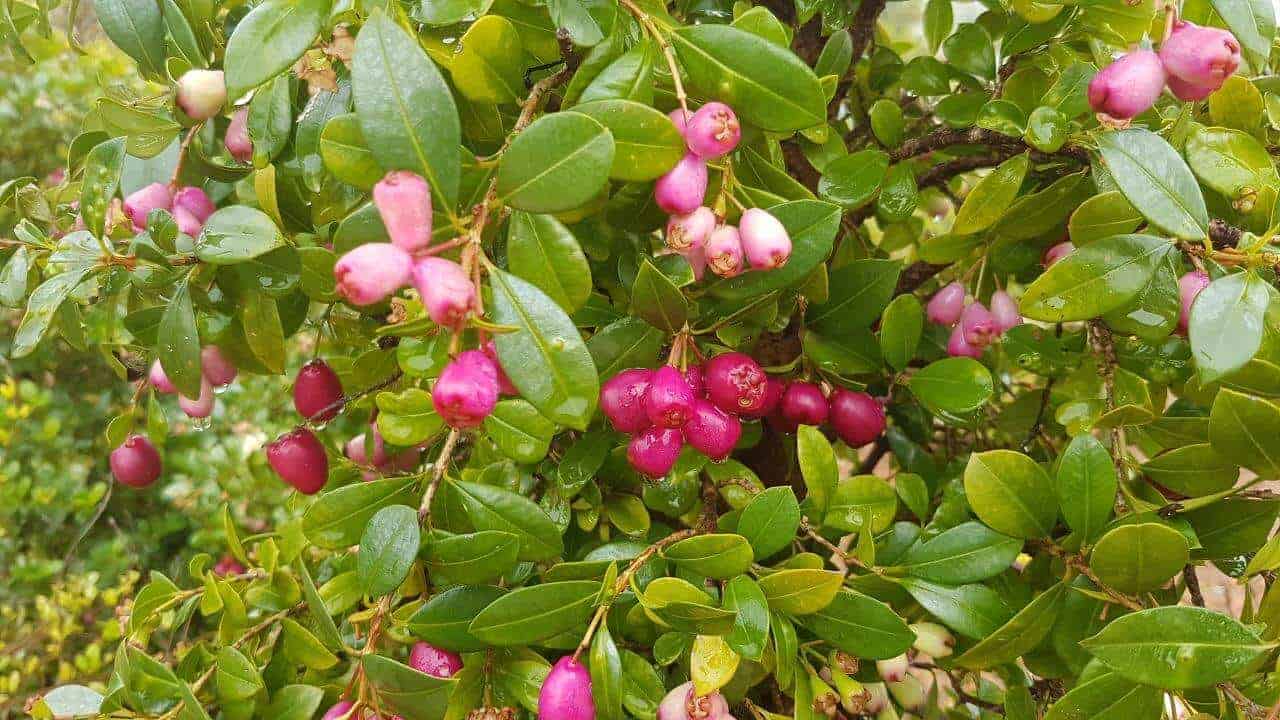
Lilly Pilly is a fast-growing evergreen that produces crisp, tart berries with a mild sweetness, apple texture, and astringent mouthfeel. Left to its own devices, the Tucker Bush Cherry can reach heights of up to 4m, but can easily be kept short and stout with a yearly trim. What makes this variety so special is its natural resistance to psyllids, a common Lilly Pilly pest that can deform young leaves and buds.
- Young leaves have a reddish tinge, fruits are berry sized and bright pink
- Ideal for a 1–3m garden hedge of screen
- Great for a formal or informal hedge
Learn more about the Tucker Bush Cherry
Midyim Berry
Austromyrtus dulcis
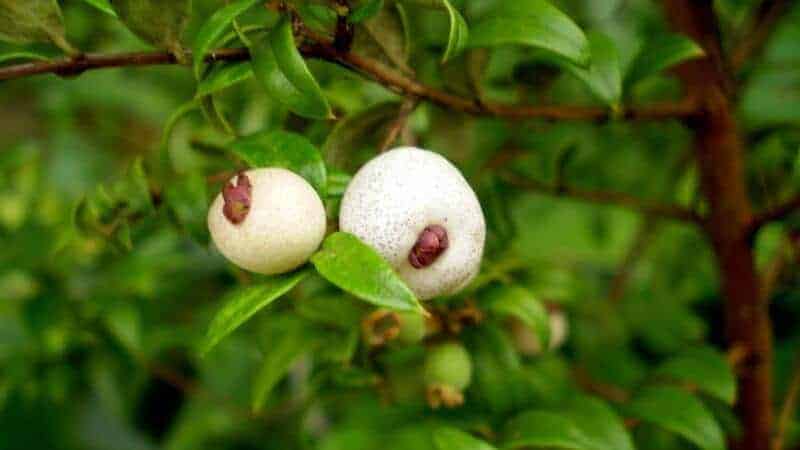
Midyim is a must-have for any berry lover. Similar in shape to a blueberry, its pale, speckled fruit taste like gingerbread and currant — perfect for biscuits, muffins, pies and preserves. A light trim after the Summer harvest will encourage new growth and keep the plant bushy. But beyond that, Midyim is relatively free from pests and diseases.
- Trim often to encourage bronze-coloured new growth
- Recommended for low hedges, up to 1m
- Perfect for a low-growing informal hedge
Learn more about the Midyim Berry
Sandpaper Fig
Ficus coronata
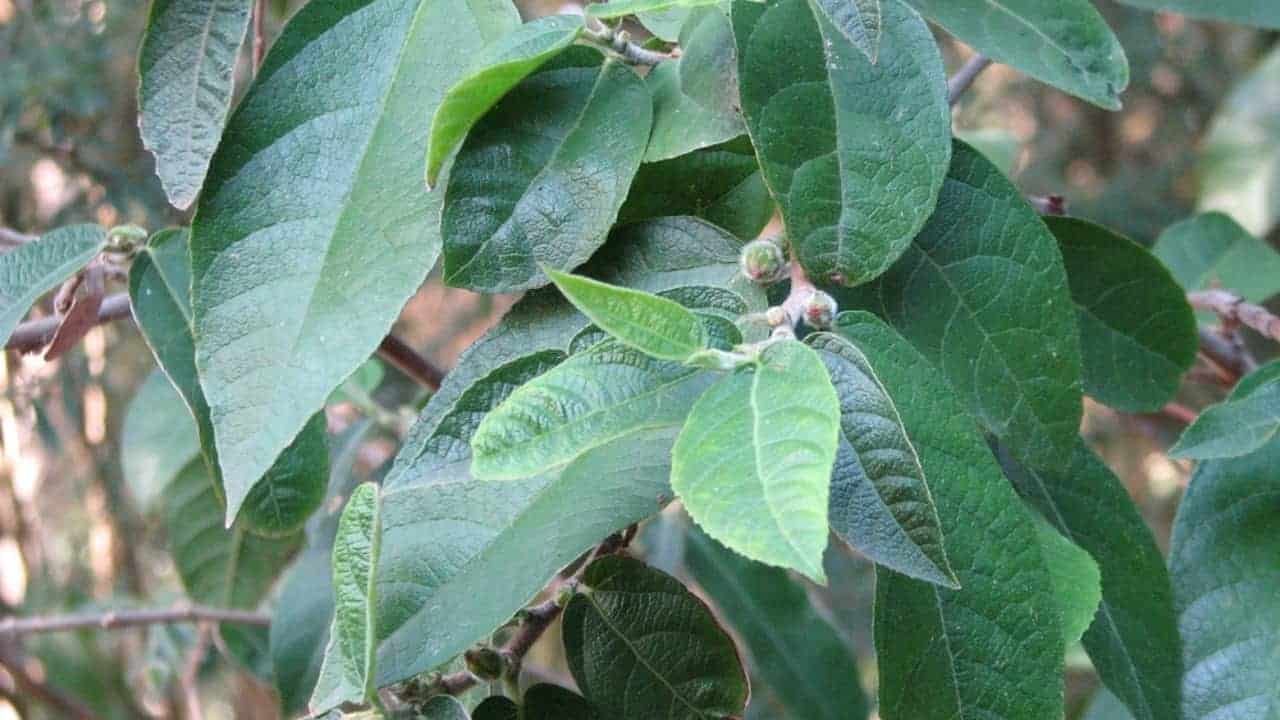
This fast-growing rainforest species is said to be the best tasting Australian fig. A very tough tree, it can tolerate all sorts of rough treatment, from extreme weather (when mature) to poor soils to wayward sporting equipment. In true Ficus fashion, Sandpaper Fig roots can grow beyond the drip line, however keeping this plant well-trimmed above ground discourages rampant root growth below.
- Attractive contrast between dark green old leaves and lime green young leaves
- Easiest fig species for a low-growing hedge (up to 5m)
- Recommended as a clipped formal hedge
Learn more about the Sandpaper Fig
Lemon Myrtle
Backhousia citriodora
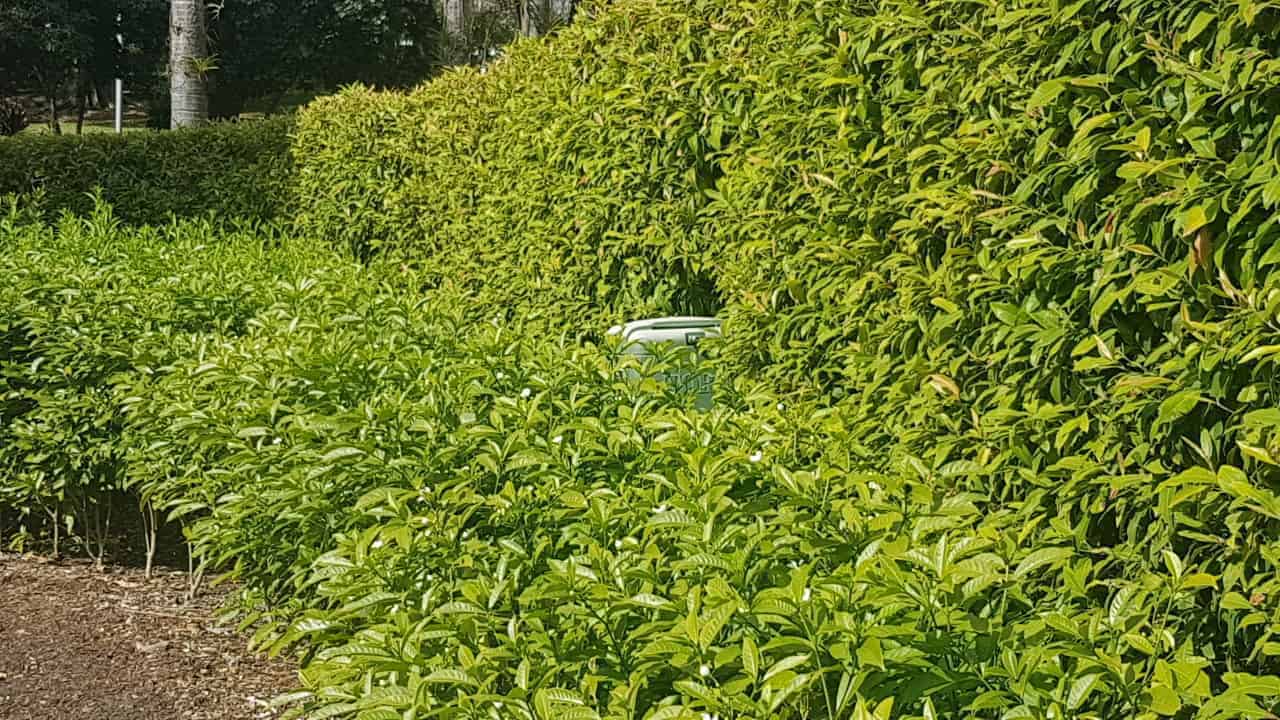
Brisbane’s Roma Street Parkland
Ten times more lemony than lemon, this intense subtropical herb produces aromatic leaves you can enjoy all year round. Use the leaves in teas, syrups, cakes, biscuits, and even in meat-based savory dishes — it’s no wonder some consider this Australia’s most famous and most popular native herb.
- Attractive bushy growth with fragrant, seasonal flowers
- Works as a 1m hedge or a screen up to 3m
- Recommended as an informal hedge
Learn more about the Lemon Myrtle (aka. “Queen of the Lemon Herbs”)
Native Thyme
Prostanthera incisa
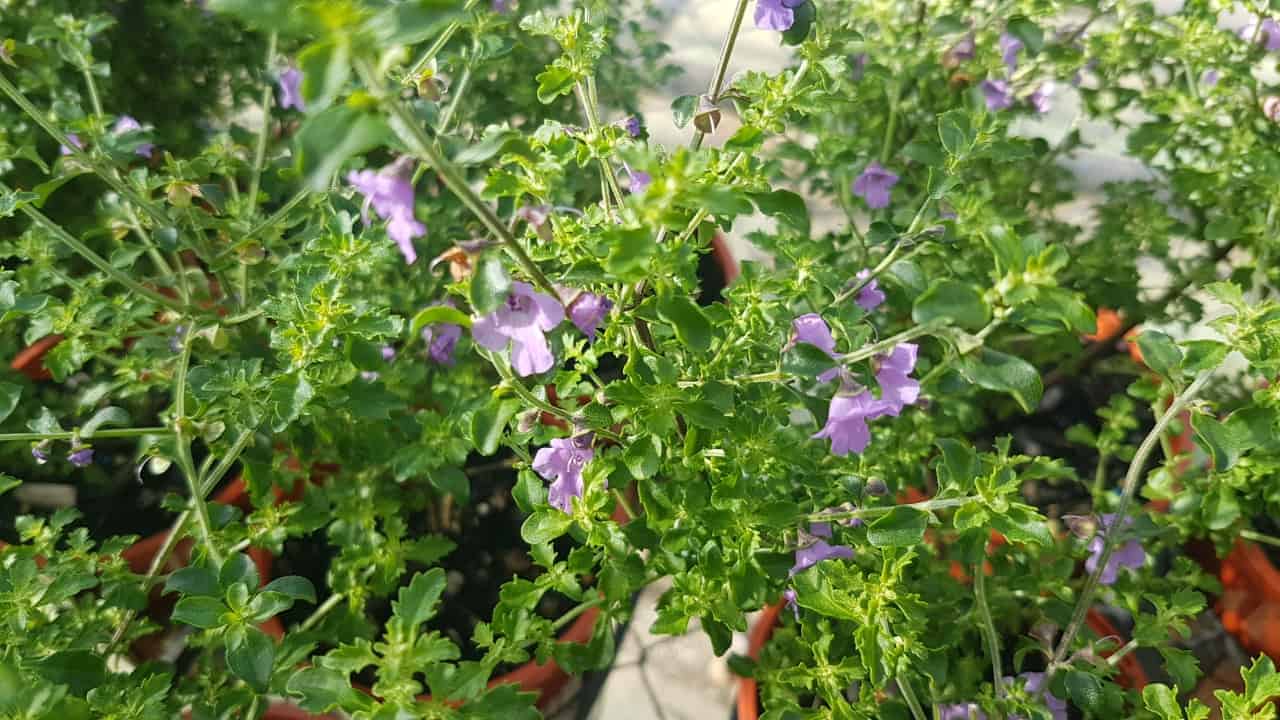
This is a highly aromatic plant that contains a wealth of essential oils, giving off a pungent minty aroma when crushed. A young Native Thyme given ideal conditions should blossom into a waist-high hedge within a year and a half. In addition to hedges, we often recommend this shrub for gaps and indoor posies, because of its delightful purple flowers that can be eaten along with the leaves.
- Attractive medium green leaves and aromatic, seasonal flowers
- Easy to keep as a low hedge, around half a metre to a 2 metres
- Works as a formal or an informal hedge
